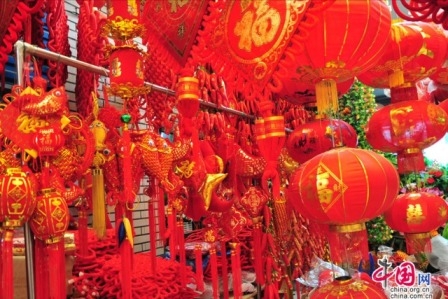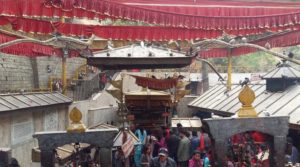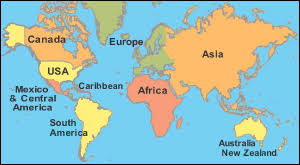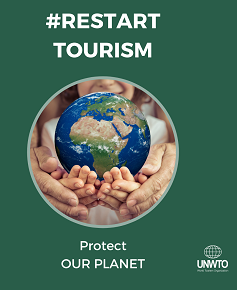Chinese Lunar New Year

The Chinese celebrate the lunar New Year, or the Spring Festival on January 31 . Most people follow traditional cultural elements and customs in what is the most festive season in the country every year.The Spring Festival this year ( 2014 ) marks the beginning of the Year of the Horse, according to the Chinese zodiac that assigns one of 12 animals, either real or mythological, to each year. The horse ranks seventh in the cycle, preceded by the snake and followed by the goat.
A legend goes that horses used to have wings and could fly, swim and run equally fast. A horse that served as the mount of the mythological Jade Emperor became so arrogant that it forced its way into the Dragon King’s Palace after killing its guardian. This infuriated the Jade Emperor, who had the horse’s wings chopped off and imprisoned it underneath the Kunlun Mountains in the far west.
After over 200 years, when a man walked by, the horse pleaded him for help. The man was sympathetic and set the horse free. The animals have since been domesticated and become man’s helpers.
Today, the horse is considered an auspicious animal and the Chinese often describe a talented person as “Qianli Ma,” meaning a steed that can cover 500 meters a day.
A Chinese idiom for “at once” or “immediately” is pronounced as “Ma Shang,” which literally means “on horseback.” As a result, photos showing cash, a house, or a car on horseback have become the most popular new year greetings this year, meaning “be rich, own a house and a car immediately”.
The funniest photo shows a horse carrying an eggplant, which means “to own everything at once,” as “an eggplant” is pronounced in Chinese as “everything.”
Former Chinese leader Hu Jintao is among those born under the sign of horse.
In many Chinese regions, those who encounter the year of their zodiac sign are recommended to wear something red to ward off bad luck, with the most common being red string wristlets, red underpants and red socks.
FIREWORKS AND LANTERNS
Most people stay up late on the eve of Chinese New Year, watching the annual TV gala and eating snacks with their families. Those who choose to go to bed early are often woken up at midnight by fireworks, which continue for a week afterwards. [ The fireworks and the red decorations in front of many homes and businesses were originally intended to scare away the “Nian” (year in Chinese), a mythical beast supposed to have preyed on people and livestock at the turn of the year. The monster, however, was afraid of loud bangs and the color red.
Although few now believe in the existence of the monster, Chinese families carry on the tradition of hanging red lanterns, setting off fireworks and fixing red scrolls with rhyming phrases on their doors, hoping all the items can ward off evil spirits and bring in good luck.
NEW YEAR EATS
Dishes served during the Spring Festival often carry symbolic meaning.
In northern China, dumplings are an indispensable dish for New Year’s dinner. Many believe eating them will bring fortune, because the food resembles “yuan bao,” a boat-shaped gold ingot that was used as currency in centuries past.
Although most dumplings are filled with vegetables, meat or fish, some families put special items, most often coins, in one of their dumplings when they are preparing their meal. The person who finds the “special dumpling” is believed to have good luck for the whole year.
In southern China, where most people prefer rice to wheat, families eat glutinous rice cakes instead of dumplings for New Year’s dinner. These cakes are also symbols of a prosperous new year.
Fish and leeks are also common, as their names sound like “abundance” and “longevity,” respectively.
Nowadays, the large dinners prepared during the festival feature less symbolism and are seen more as an occasion for family reunions, especially for those who live and work away from home and return once a year for the festival.
LUCKY MONEY
Children are especially fond of the Spring Festival because they know it will bring them gifts in the form of red envelopes stuffed with “lucky” money, presented by parents, grandparents and other relatives.
The custom is intended to convey greetings and protect children from bad luck during the new year. The amount given can range from 50 yuan (8 U.S. dollars) to several thousand yuan, but the money must be given in an amount that ends with an even number.
It can be given in exchange for a child’s new year greetings, or be stuck under the child’s pillow during the night.
TABOOS
There is a long list of things that the Chinese will avoid during the Spring Festival, though the specific items vary from one region to another.
Chinese households carry out a full clean before New Year’s Eve, partially to usher in a “clean” new year. But also because doing it after the start of the new year is believed to clear away good luck.
Quarrels, crying and cursing are forbidden, as people fear that bad behavior on New Year’s Eve will continue throughout the coming year.
Housewives must be extremely careful in the kitchen to avoid breaking bowls, plates or glasses throughout the first lunar month, as the damages might forecast economic losses for her family during the new year. In case a person breaks something, he or she must immediately say “Sui Sui Ping An.” The spell means “Let’s be safe during the new year,” as “Sui” in Chinese translates into “year” as well as “be broken.”
Many superstitious northern Chinese also believe that if a person has a haircut during the first month of the lunar year, his maternal uncle will die.
As a result, some barbershops are open nearly 18 hours a day for the pre-holiday rush for haircuts, which lasts for at least two weeks before New Year’s Eve.
While women like to spruce up for the holiday, even men with short hair like to get an extra trim before the new year, in case their hair grows too long in one month before their next haircut, which is often scheduled for the second day of the second lunar month.
The tradition can be traced back to an ancient story about a barber who could not afford a decent new year gift for his maternal uncle, choosing instead to give his uncle a haircut that made him look many years younger.
After his uncle passed away, the barber missed him very much, crying with the coming of each new year. The Chinese phrase for “missing one’s maternal uncle” (“si jiu”) is very close in pronunciation to the phrase for “death of one’s maternal uncle.” Sources : Xinhua














